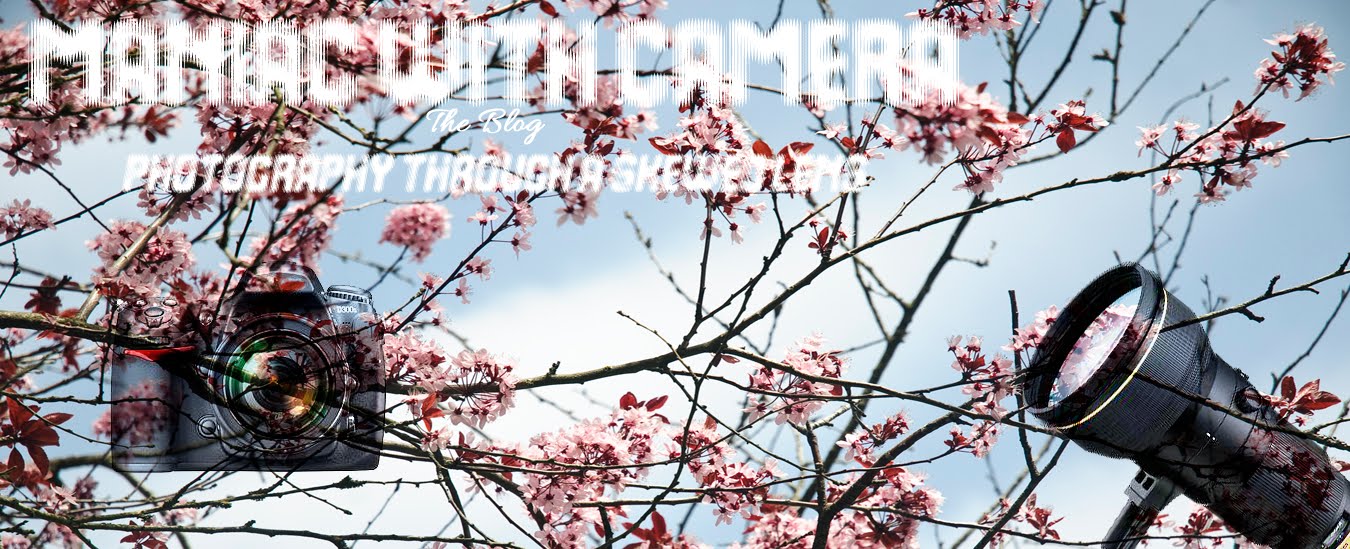So, what options does one have when you are looking at a telephoto lens if you a) don't have an inheritance coming to you, b) haven't won a lottery, c) you haven't robbed a Swiss bank or d) your paycheck just keeps saying "Good-bye!"?
You do still have several options that you can consider that will bring you over the hallowed 400mm range which is the absolute minimum for bird photography. As I've said before, 400mm is the absolute minimum you should think about having for bird photography.
Numerous articles keep mentioning the 70-300mm lenses. I'm not even going to bother as I consider them too short to do anything seriously. They're great for a day at the zoo where you can turn around and say "Oh, I saw a tiger...yesterday" (and you can just leave off the "in a cage" part). First of all, you have to commit to spending a 4-figure sum on lenses. If the thought of that gives you heart palpitations, then I'd suggest you not read further. At minimum you will be spending over $1,000. And that's just getting the bottom lens on the rung. Now as you know, I'm a Nikon dude and I'm not familiar with Canon, Olympus, Sigma or Sony. So you'll have to go elsewhere for that information. What you get here is pure undiluted Nikon information and Nikon-compatible third party lens information.
THE LENSES
Nikon AF-S 300mm f/4 D IF-ED (+ TC-14EII or TC-17EII)

The Nikon AF-S 300mm f/4 D IF-ED is probably consider the highest rated value-telephoto lens on the market today. The only thing that would make this lens any better would be adding VR to the mix. This lens, you can couple with a 1.4x teleconverter (the TC-14EII) to make the lens a 420mm f/5.6 or a TC-17EII to make it a 510mm f/6.3. The lens is sharp, even when you start putting teleconverters on it. However a TC-20EIII is not adviseable as the lens will turn into a manual focus at aperture ranges of f/8. As it is hard to determine the flight path of birds while trying to manual focus, it's not adviseable to have a manual focus lens while attempting to get sharp images. frankly, this combination is so good that a lot of professionals keep this as their birds-in-flight lens
Nikon AF-S VRII 70-200mm f/2.8 G ED (+TC-20EIII)

This combination will get you to 400mm at f/5.6. Probably not the best option as it only gives you a slightly larger image than the 300mm image that I posted in the previous post. However, if you already have a 70-200mm f/2.8 VRII and are only doing bird photography as a hobby, it's a bandaid solution until you can afford to pick up the 300mm f/4 and round out your TC collection. The images are sharp, but are best suited to birds that are acclimated to human interaction.
Tamron AF 200-500mm f/5-6.3 SP Di LD IF

Tamron has been considered a decent lens, however the chromatic aberration on this lens at the maximum length of 500mm does cause a problem. This lens falls strictly in the realm of hobbyist and is not recommended for professionals trying to make money off their images. If you are trying to get into stock wildlife photography then stick to the top two options.
Sigma 150-500mm F5-6.3 APO DG OS HSM

Sigma has come out with some very decent lenses. The OS version of the 150-500mm is pretty fast focusing and the images are sharp. The trick though is making sure that you get a good quality lens. This may involve returning several samples. Try it out in store and make sure that you get a good solid copy before actually committing to the purchase of this lens. I do like the optical stabilization feature (similar to Nikon's VR), on the lens. However I'd have to give a -1 on quality control as too many lenses with issues tend to come out of production. With the OS on the 50-500mm now, I'm wondering about the future of this lens.
Sigma 50-500mm F4.5-6.3 APO DG OS HSM

The one thing I like about the 50-500mm is that you can go to wide-angle to find your subject then zoom in closer to compose your shot. With the OS on the 50-500mm now, it practically pushes the 150-500mm out of the marketplace. As with the 150-500mm, there are quality control issues that I do not like about this lens. However if you get a good solid example. Keep it. It is a lens that is well-worth the $1999.99 for the money. You don't get a lens that will go out to 500mm all that often. Some people complain that at 500mm, the lens is a little on the soft side wide open. You can opt to up the ISO and drop your aperture 1 stop to f/8 and the sharpness will return. All in all, it's a great lens if you're looking to shoot bird photography as a hobby.
Now, these lenses are the cheaper end of the spectrum. The other lenses I'll go into later as Sigma has some solid examples of prime supertelephoto lenses. And Nikon's super-telephotos cannot be beat.

No comments:
Post a Comment